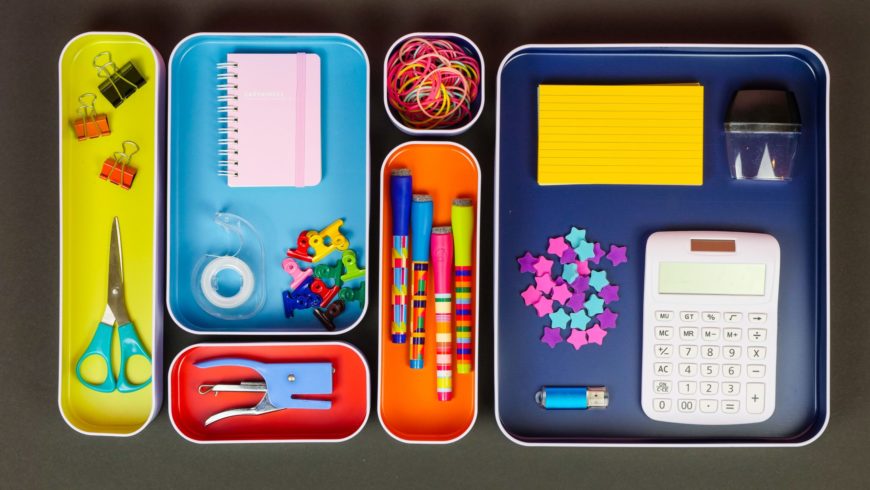By: Megan Kirk
School is back in session and for some parents, back-to-school shopping has been yet another aspect of life affected by the pandemic. Shortages in apparel, supplies and other school necessities are making the return to in-person learning more difficult. Parents are having to use additional resources to source goods for their children this school year. With no in-person sessions during the 2020 school year, parents saw a reprieve. Now, the bucks are adding up as children line up to head into classrooms.
The 2020 school year was one for the books. Unlike anything ever witnessed, parents, teachers and students were forced to adapt to new ways of learning and an emergency overhaul of the educational system. Now that students are returning to in-person learning, parents are finding the transition is not as smooth.
More than one year after the onset of the coronavirus pandemic and the public is starting to see the full-scale impact of its wrath. School uniforms are just one of the commodities seeing deficiencies. Popular sizes and colors are witnessing massive outages.
“School shopping this year was very hectic for myself. I made several trips across multiple cities and different stores in order to complete supply lists and uniforms. I spent more this year, but mainly because all of my students started new schools which required uniforms,” says Ashley Simmons, who is shopping for three school-aged children. “Uniforms were definitely the most difficult to find as most stores had shortages or items on backorder.”
Already affected economically, the educational system is seeing some unprecedented hardships. However, certain school districts and private schools are working to ensure students are equipped for the school year.
“My oldest attends a private K-8 in Detroit where his in-school supplies were covered in my registration fee. His uniform tops are also provided by the school, at a fee. My youngest attends a private preschool, also in Detroit. His school supplies were provided by his school for $25 dollars,” says Dominique Adams, mother of two sons. “I was only responsible for community supplies such as hand sanitizer, paper towels and tissue.”
Although some educational institutions and districts have picked up the cost of back-to-school uniforms and supplies, public school districts and its parent population are being left behind. However, with shortages across the country and the economic effects of the pandemic being felt the hardest by low-income families, parents are finding it harder to make ends meet this school year.
Additional unemployment funds and food assistance programs have made making ends meet more feasible, but some homes are still in the economic strongholds of the pandemic. Though funding has been provided, parents are still finding themselves behind.
“It seems like families within the public school system are already receiving additional aid with the introduction of a pandemic EBT program to assist in the cost for feeding the children during the year. The district isn’t responsible for ensuring stores are fully stocked with necessary supplies,” says Adams.
Forced into online shopping, parents are seeing an increase at the register. In addition to the uptick in online costs, demand is still high with a low supply, both in-store and online. While some parents choose online shopping, others prefer the in-store experience.
“For me, school shopping during a pandemic has switched completely to online. I purposely avoid the stores and the guesswork of what’s in stock by ordering everything I need with my phone,” says Adams.
“I almost never shop online for clothing because I like to try things on. The shortages in store forced me to order multiple items online including book bags and uniform pants for my two girls,” says Simmons. “Most uniform stores all said the same; they were waiting on shipments, and the demand was extremely high because of all the students returning from virtual learning. I honestly just don’t believe they were prepared.”
The National Retail Federation and Prosper Insights & Analytics estimate record-breaking shopping numbers for the return to in-class instruction. Expected to hit $37.1 billion dollars in sales across America, shopping this season will cost parents some extra bucks.
“Consumers are spending more on items like electronics and clothing as they make plans for students to resume activities in person this fall,” says Phil Rist, executive vice president of strategy for Prosper Insights. “For those in particular with children in elementary to high school, shoppers are putting the largest portion of their budgets toward electronics, new clothes and accessories.”


